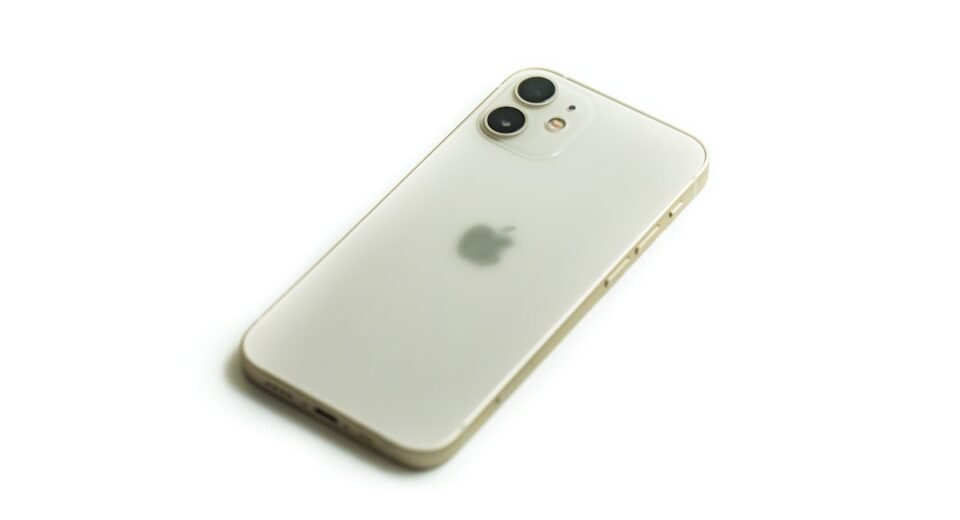The Galaxy Z Fold 7 stands as a testament to Samsung’s evolution in the smartphone industry, marking its place as the leading foldable phone, particularly in the US market, despite its hefty $2,000 price tag. Not long ago, Samsung struggled to sell budget phones, but it has since transformed into a powerhouse in the Android ecosystem, rivaling the dominance of early iPhones. This transformation is attributed to several pivotal moments in Samsung’s history.
In May 2011, the Galaxy S II marked a turning point by prominently featuring the Samsung name, shifting away from carrier-specific branding. This move was crucial in establishing consumer trust. The following September, the launch of the Galaxy Note ushered in the era of big-screen phones, setting a trend that continues to influence today’s foldable devices.
The Galaxy S III, launched in May 2012, capitalized on Samsung’s sponsorship of the London Olympics, significantly boosting its global presence. The Galaxy Note II, released in August 2012, introduced multitasking features that have become a staple in Samsung’s flagship devices.
February 2019 saw the debut of One UI with the Galaxy S10, marking a significant improvement over the previous TouchWiz interface. This streamlined software experience helped Samsung maintain its leading position in the smartphone market.
The Galaxy Z Fold 4, launched in August 2022, was a precursor to the Z Fold 7, refining the foldable design with a smaller hinge and improved camera system. The Z Fold 7 continues this evolution by offering a slimmer and lighter design, equipped with a 200MP camera that rivals that of the Galaxy S25 Ultra, released in January 2025.
These milestones highlight Samsung’s journey from a struggling brand to a leader in innovation, with the Galaxy Z Fold 7 representing a significant leap forward in the company’s foldable phone lineup.


